Ficus Bonsais are special trees that are native to Asia. Ficus Bonsais have been around for centuries and are commonly found in China, Japan, and Korea. Ficus Bonsais come in many different shapes and sizes, but all Ficus Bonsais have one thing in common: they are all beautiful. Ficus Bonsais are typically made from the Ficus tree, which is an evergreen tree that can grow up to 30 feet tall. Ficus Bonsais are miniature versions of the Ficus tree and can be as small as 6 inches tall. Ficus Bonsais are popular because they are low-maintenance and easy to care for. Ficus Bonsais do not require a lot of water or sunlight, and they can live for many years with proper care. Ficus Bonsais make great gifts for any occasion and are a beautiful addition to any home.
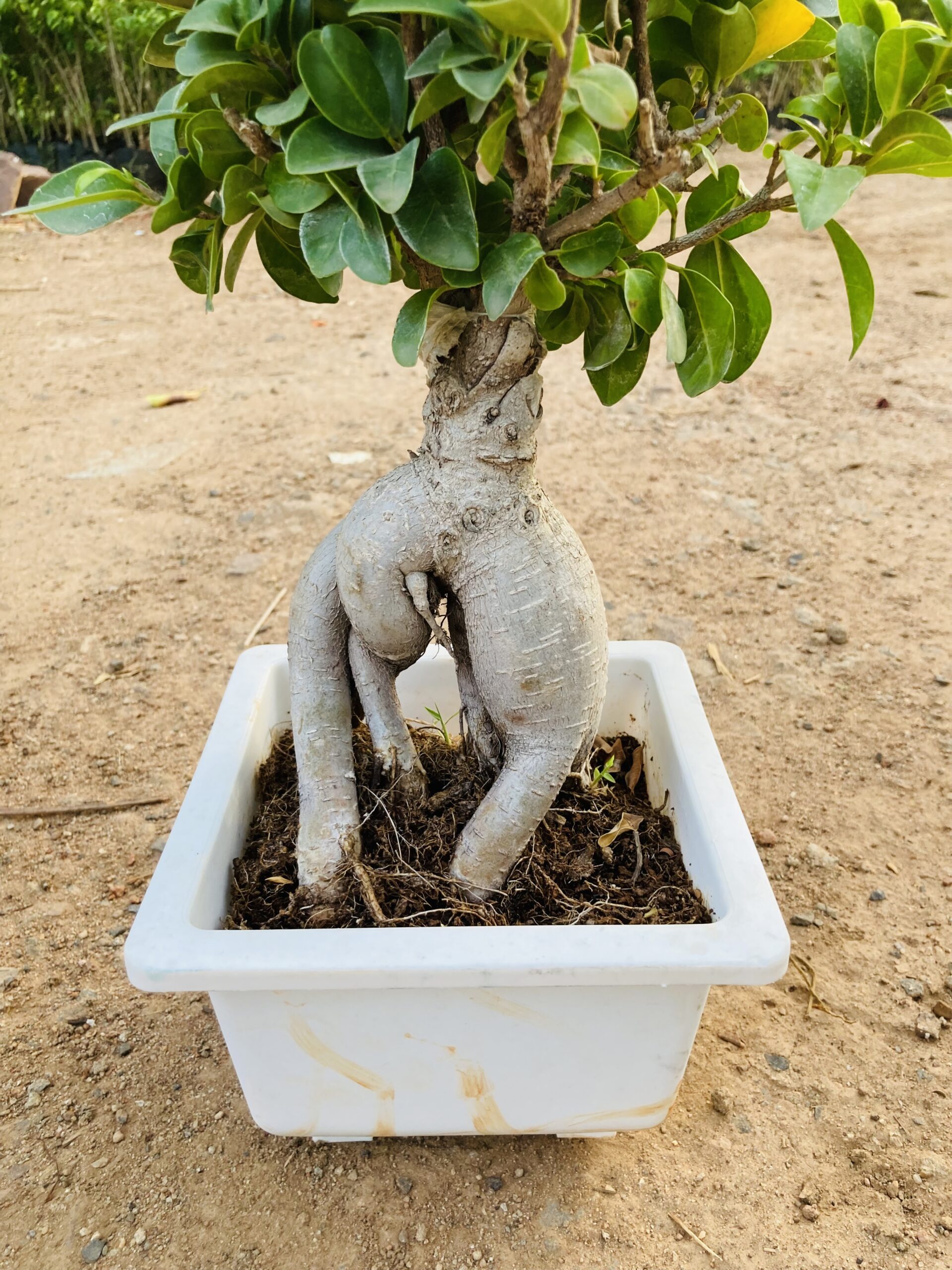

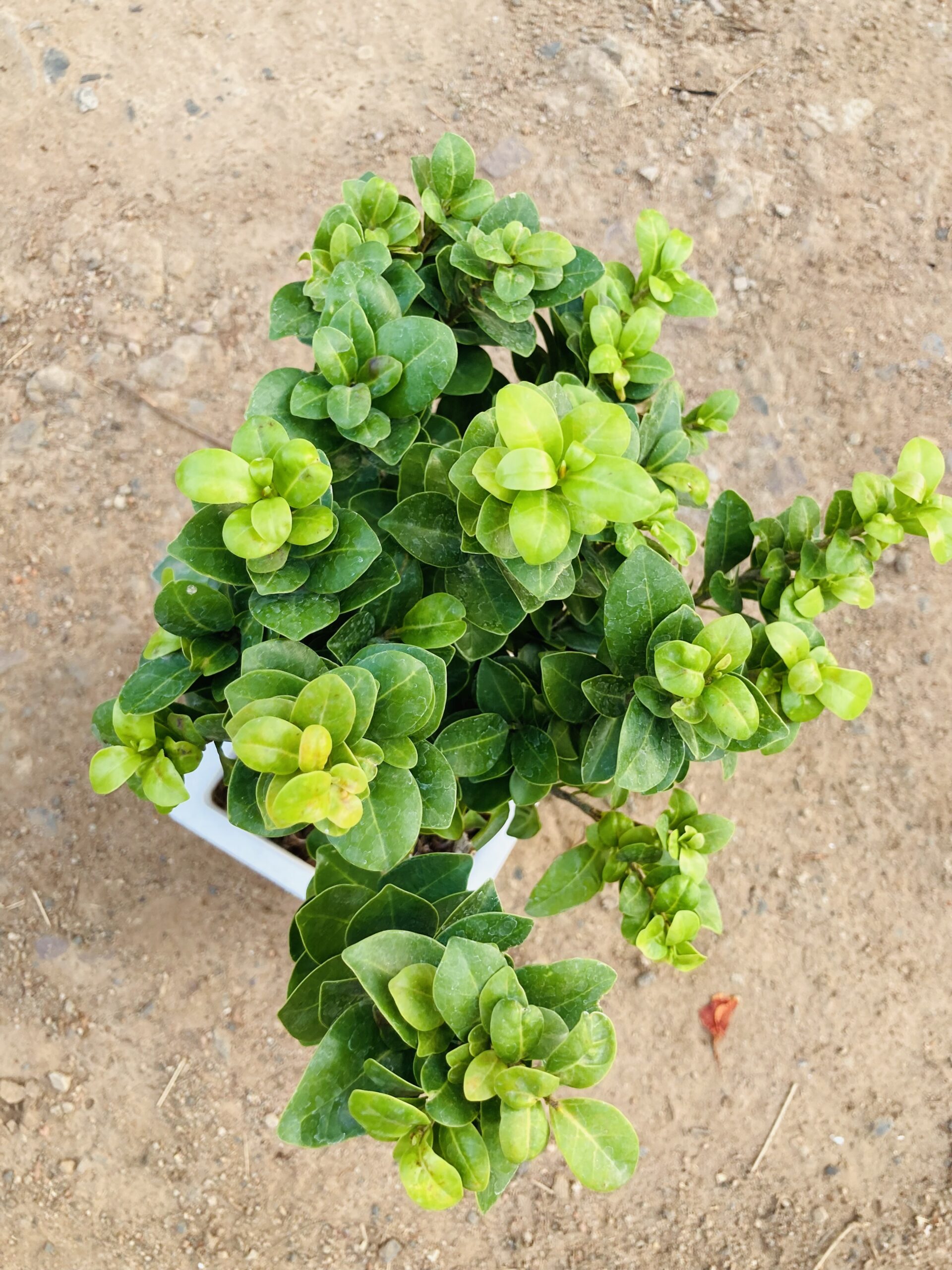
Ficus Bonsai, also known as Ficus Benjamina or Ficus Microcarpa, is a popular type of Bonsai tree. The Ficus Bonsai is native to the Indian subcontinent, and it has been cultivated for centuries. The Ficus Bonsai is an evergreen tree with glossy leaves, and it can grow to be quite large. The Ficus Bonsai is a relatively easy tree to care for, and it can be grown in a wide range of climates. The Ficus Bonsai is a popular choice for beginners, and it is also one of the most popular types of Bonsai trees. The Ficus Bonsai has a long history, and it is a symbol of strength and resilience. The Ficus Bonsai is a beautiful tree, and it is a great addition to any home or garden.
Steps to plant Ficus Bonsai
- Select a healthy ficus tree from a nursery or garden center. Avoid trees that have been treated with chemicals or that are sick.
- Choose a pot that is slightly larger than the tree’s roots. The pot should have drainage holes to prevent the roots from rotting.
- Fill the pot with a well-draining potting mix.
- Place the tree in the pot, and backfill with the potting mix.
- Water the tree well, and place in a bright location.
- Fertilize monthly with a balanced fertilizer.
- Prune regularly to shape the tree and encourage new growth.
- Repot the tree every two to three years, or as needed.
- Monitor the tree for pests, and treat as needed.
- Enjoy your beautiful ficus bonsai!
How to take care of your Ficus Bonsai
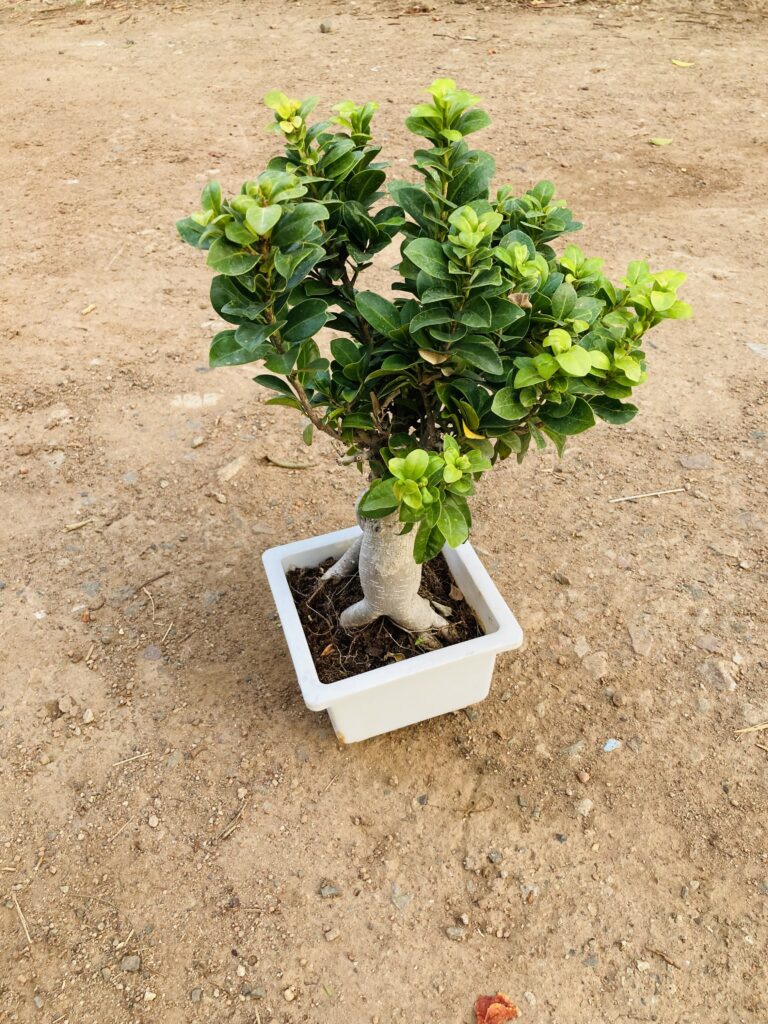
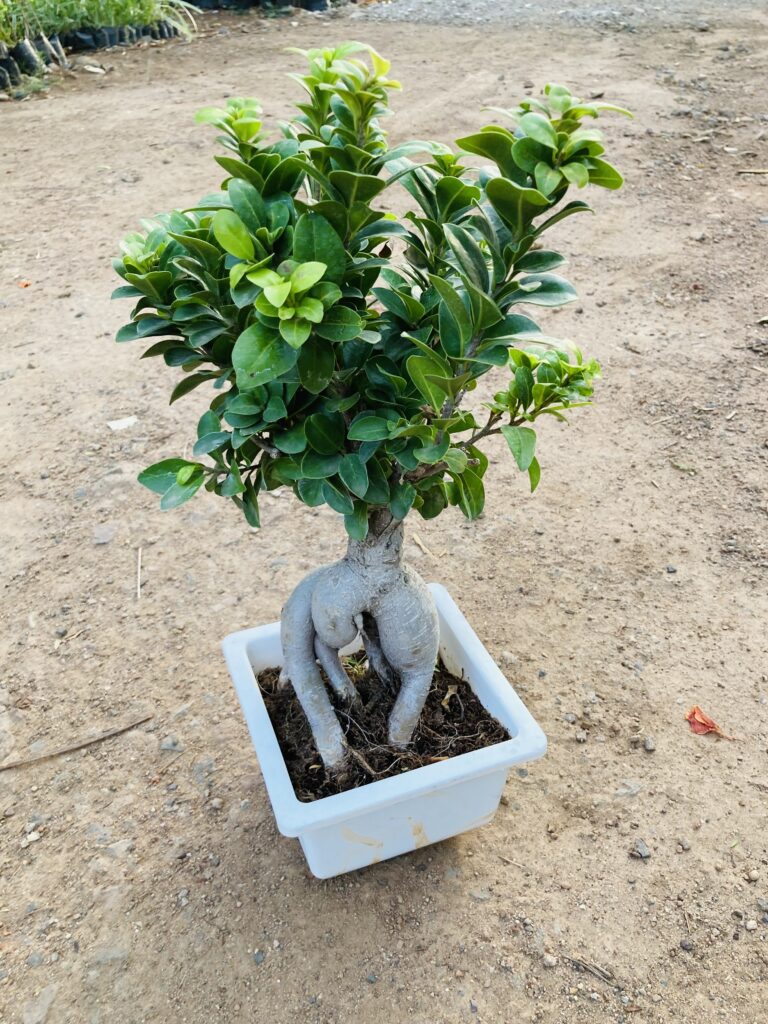
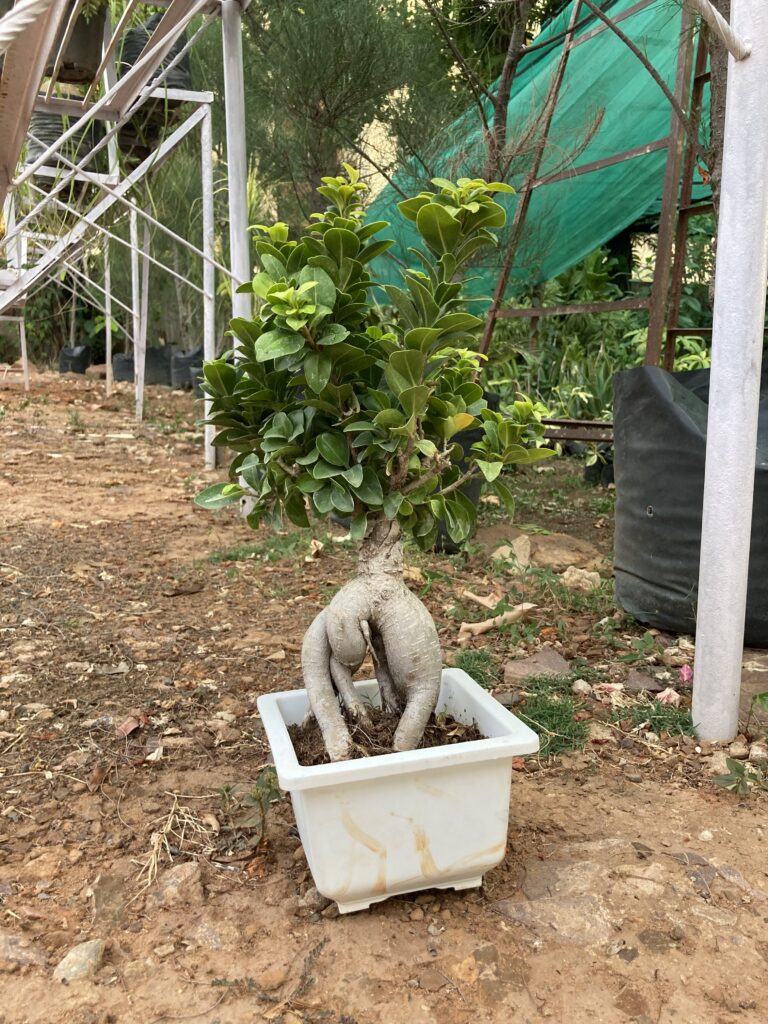
Ficus Bonsais are beautiful, ornamental plants that make a wonderful addition to any home. Although they are relatively low-maintenance, there are a few things you can do to ensure your Ficus Bonsai stays healthy and happy. First, make sure you choose the right potting mix. Ficus Bonsais prefer a well-draining mix that contains plenty of organic matter. Secondly, water your Ficus regularly, but be careful not to overwater. The soil should be moist but not soggy. Finally, provide your Ficus with plenty of bright, indirect light. These simple tips will help you take care of your Ficus Bonsai and enjoy its beauty for years to come.
What type of soil to use for your Ficus Bonsai
Ficus Bonsai are one of the most popular varieties of Bonsai, and they are also one of the easiest to care for. When it comes to choosing the right type of soil for your Ficus Bonsai, there are a few things to keep in mind. First, Ficus Bonsai prefer soils that are slightly acidic. Second, the soil should be well-draining and light in weight. And third, the soil should be rich in organic matter. There are a number of commercial Bonsai mixes available that will meet all of these requirements. Or, you can make your own mix by combining Equal Parts Akadama, Pumice, and Lava Rock. Whichever option you choose, be sure to water your Ficus Bonsai regularly and fertilize them every other week during the growing season. With a little care and attention, your Ficus Bonsai will thrive for years to come.
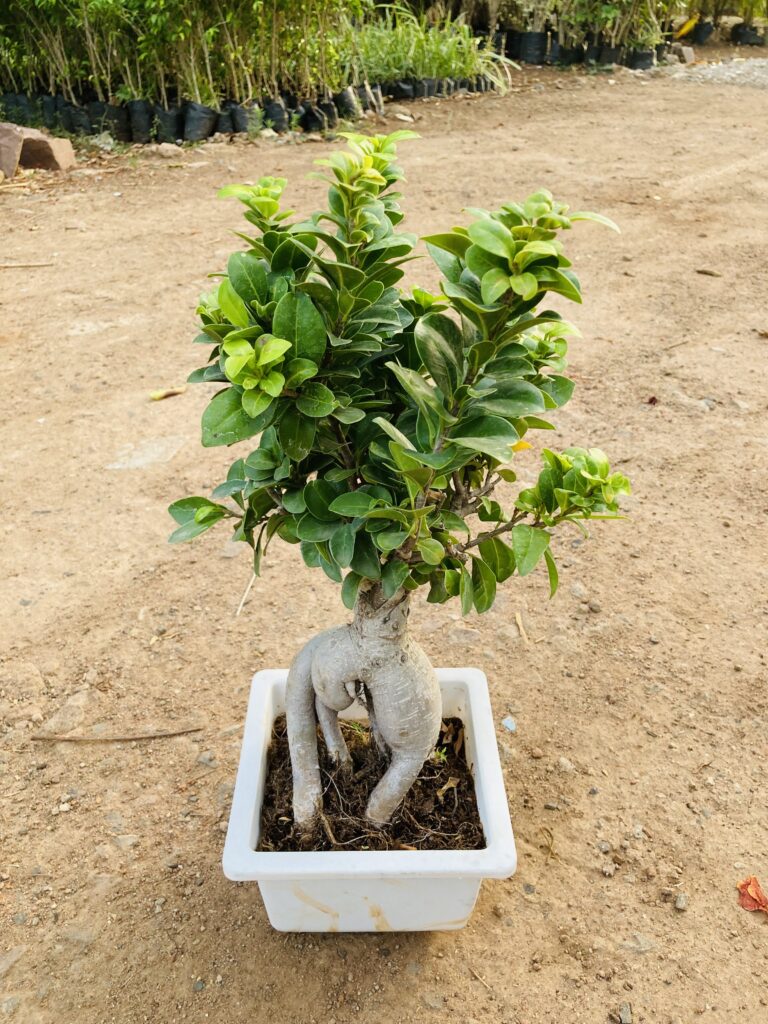
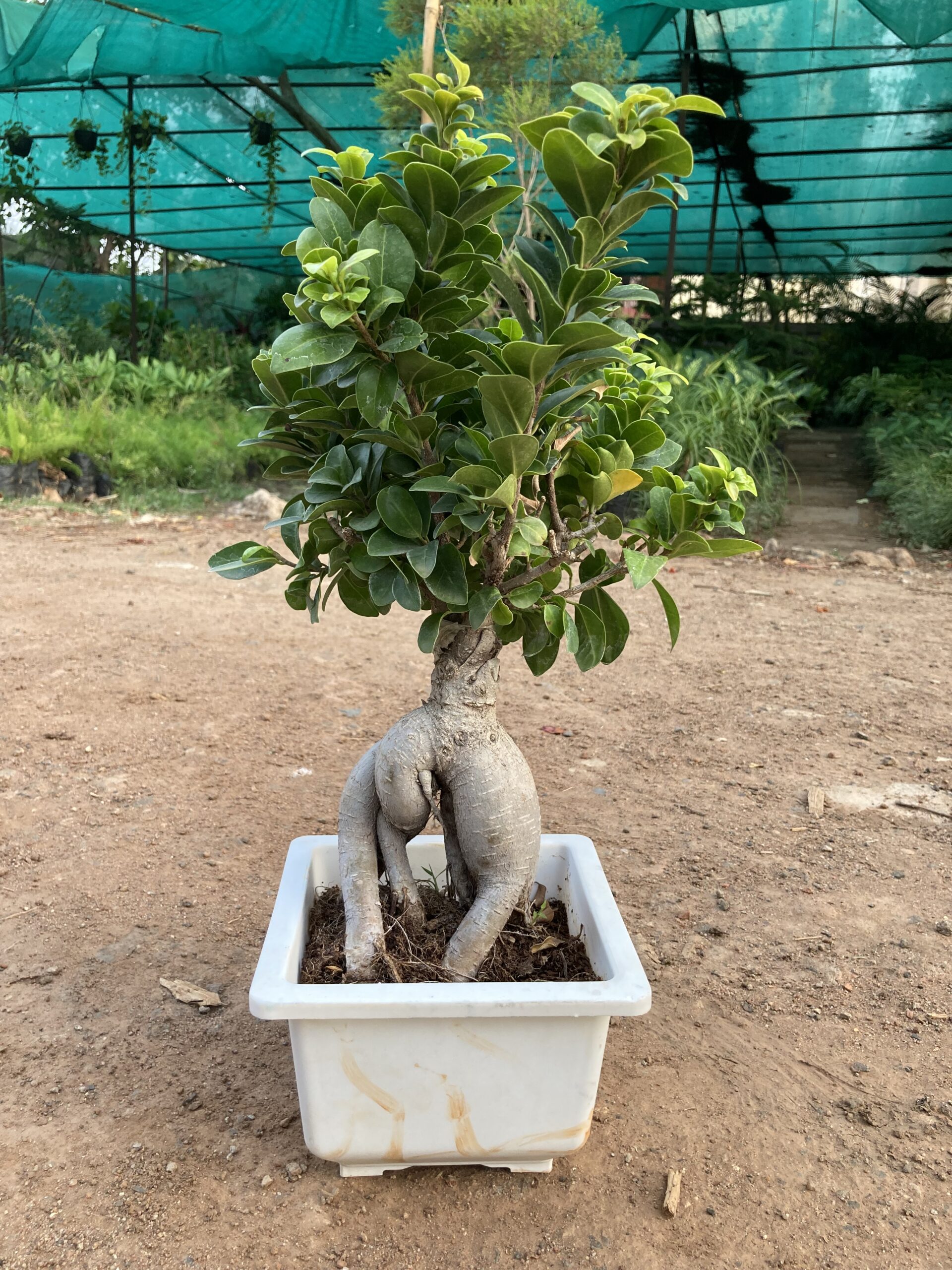
What are the common problems with growing a Ficus bonsai?
Ficus Bonsais are beautiful, but they can be tricky to grow. One of the most common problems with growing a Ficus Bonsai is overwatering. Ficus Bonsais prefer well-drained soil, and they should only be watered when the top layer of soil is dry to the touch. Another common problem is not providing enough light. Ficus Bonsais need bright, indirect light to thrive. If you are having trouble getting your Ficus Bonsai to grow, try these simple tips. With a little care and attention, you will be able to enjoy the beauty of your Ficus Bonsai for years to come.
Frequently Asked Questions about Ficus Bonsai
1. What is the best time of year to plant a Ficus Bonsai?
The best time of year to plant a Ficus Bonsai is in the spring or early summer. This will give the tree plenty of time to establish itself before the winter weather arrives.
2. What type of soil should I use for my Ficus Bonsai?
Ficus Bonsais prefer a well-drained, slightly acidic soil. There are a number of commercial Bonsai mixes available that will meet these requirements. Or, you can make your own mix by combining Equal Parts Akadama, Pumice, and Lava Rock.
3. How often should I water my Ficus Bonsai?
Ficus Bonsais should be watered when the top layer of soil is dry to the touch. Be careful not to overwater, as this can lead to root rot.
4. What type of light does a Ficus Bonsai need?
Ficus Bonsais need bright, indirect light to thrive. If you are having trouble getting your Ficus Bonsai to grow, try placing it in a sunny spot.
